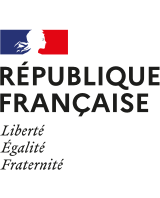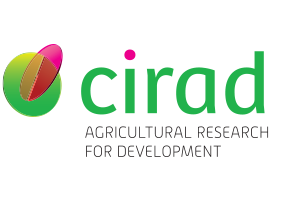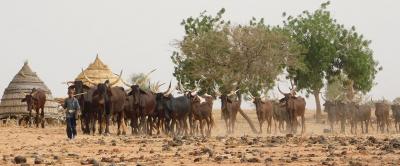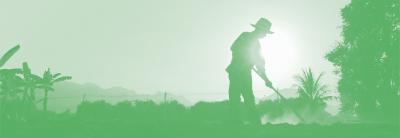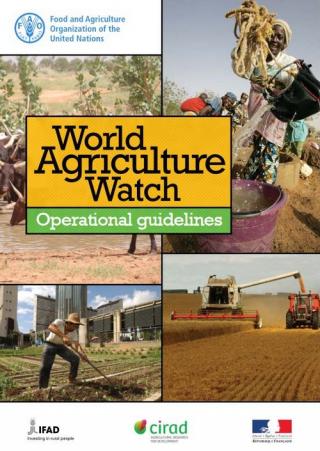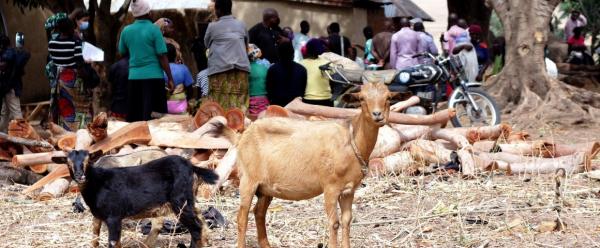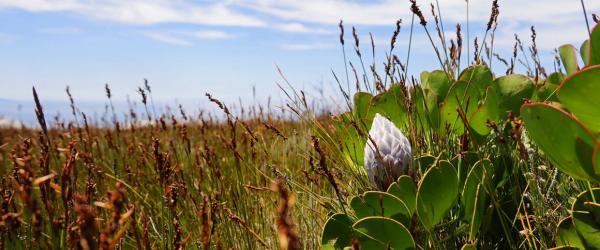Results & impact 28 October 2025
- Home
- CIRAD news
- News
- Supporting the world's farming systems
Characterizing the world's farming systems to support them more effectively
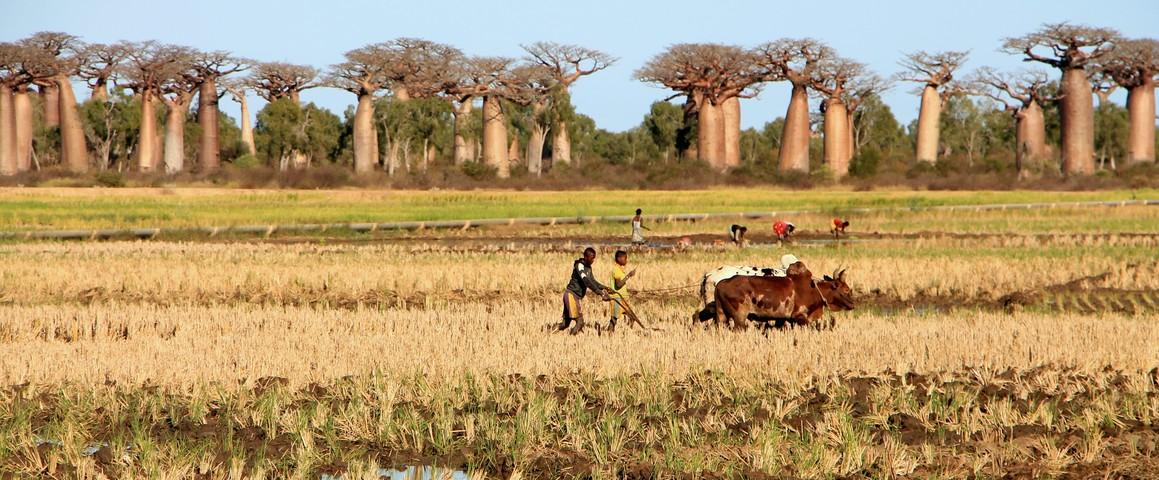
Rice growing in southwestern Madagascar © CIRAD, E. Menguy
The debate between advocates of smallholder farming and those of industrial production is sometimes fierce. To overcome ideological prejudice, CIRAD, FAO and IFAD set up the World Agriculture Watch (WAW) in 2011. On 15 October, WAW is presenting its operational guidelines at the Global Family Farming Forum co-organized by FAO and IFAD. This will be an opportunity to confirm the importance of the observatory.
Agricultural investment, moving away from "One size fits all"
"We can no longer continue with standard, cover-all agricultural policies", says Pierre-Marie Bosc, a CIRAD economist and agronomist who was behind WAW, which he coordinated from 2017 and 2021. "Particularly in view of the global challenges we face." Consistent food insecurity and the many threats posed by global warming and the collapse of biodiversity mean that most of our agricultural models need to be transformed. Agriculture calls for appropriate, bespoke investment tailored to the different types of farms, particularly family farms in all their diversity.
Highlighting the diversity of farms...
By means of a shared methodological framework, WAW enables interested parties to characterize the diversity of farms by producing typologies. Support operations must take account of that diversity, irrespective of whether they stem from public action, development operatives or producer organizations.
"WAW proposes describing and qualifying the diversity of farms based on parameters relating to structure, functioning and performance, such as the various types of capital they generate and the organizational, institutional and political environment that influences the development of those types of capital", WAW coordinator Marie-Christine Monnier explains. "A "farm", the level on which the data required for such analyses are collected, corresponds to a "production system/family" pairing, irrespective of its size, type and combination of products. In this way, we can observe the way in which production structures are linked to markets and to what extent products are processed on farms. However, what marks WAW out is that it also looks at non-commercial activities such as gathering and the possible resources from outside the farm that are generated by family members' work and contribute to food security."
… to support them more effectively
More broadly speaking, the WAW guidelines can be used to build information systems tailored to the collective challenges of building sustainable, resilient food systems. They also respond to the needs of partners with whom collaborative work is under way, including producer organizations, to support their advocacy operations, particularly in favour of family farming. The guidelines include data on both farms and households, and can be applied on different scales, for instance local territory, value chain within a given country, or global region.
An observatory of agriculture in the Indian Ocean
This is the case for the Indian Ocean Observatory of Agriculture (OA-OI). It is supporting the transformation of the many agricultural production systems across the five Indian Ocean Commission (IOC) member countries. "This observatory is a valuable decision support tool for designing, sizing and steering inclusive investment mechanisms in a fully informed way", says Isabelle Mialet-Serra, Assistant CIRAD Regional Director for Réunion-Mayotte and Indian Ocean and Coordinator of the Regional platform for agronomic research for sustainable agricultural development in the Indian Ocean (PRéRAD-OI). "The aim of OA-OI is to build shared knowledge of the diversity of agricultural production models, how they function, and their economic, social and environmental performance within an island territory in the southwestern Indian Ocean. It will both support the desired changes and monitor them over time."
A decision support tool to be rolled out more widely
"For instance, in Madagascar, we are working with Réseau SOA, a national producer organization that notably helps young farmers establish themselves", Isabelle Mialet-Serra explains. "They lack information on their members and their activities, which prevents them providing specific advice services for each of those members. OA-OI has worked closely with Réseau SOA and AFDI Madagascar on a survey of 300 farmers belonging to the network. This has enabled the characterization of five main type of farms, each of which requires specific support. This knowledge will allow Réseau SOA to provide more efficient advice, tailored to each type of farm."
A feasibility study of an agriculture watch for Mauritius is under way as part of OA-OI, providing a very comprehensive picture of the range of farms on this island and their needs. For Pierre-Marie Bosc, "we need to continue to roll out the WAW field methodology to other world regions, as well as on a national level, by means of sectoral, agroecological interventions. This will benefit both family farmers and their organizations and governments, for whom it will be a tool for supporting the drafting of agricultural policies that take account of the diversity of family farms."
Download the WAW operational guidelines
Available shortly in French and Arabic.
